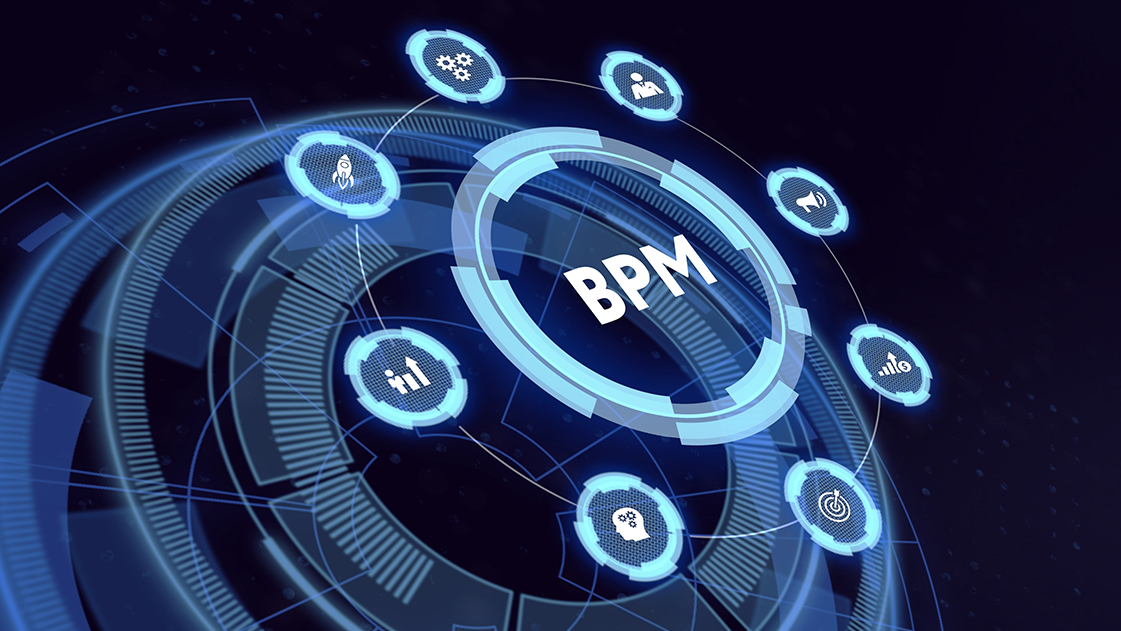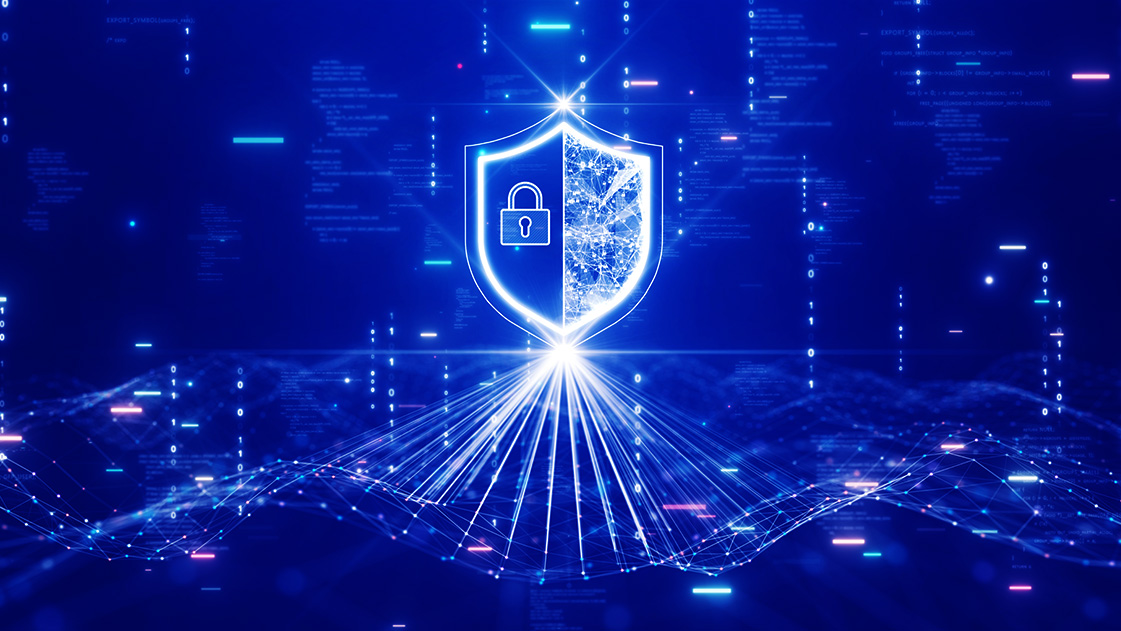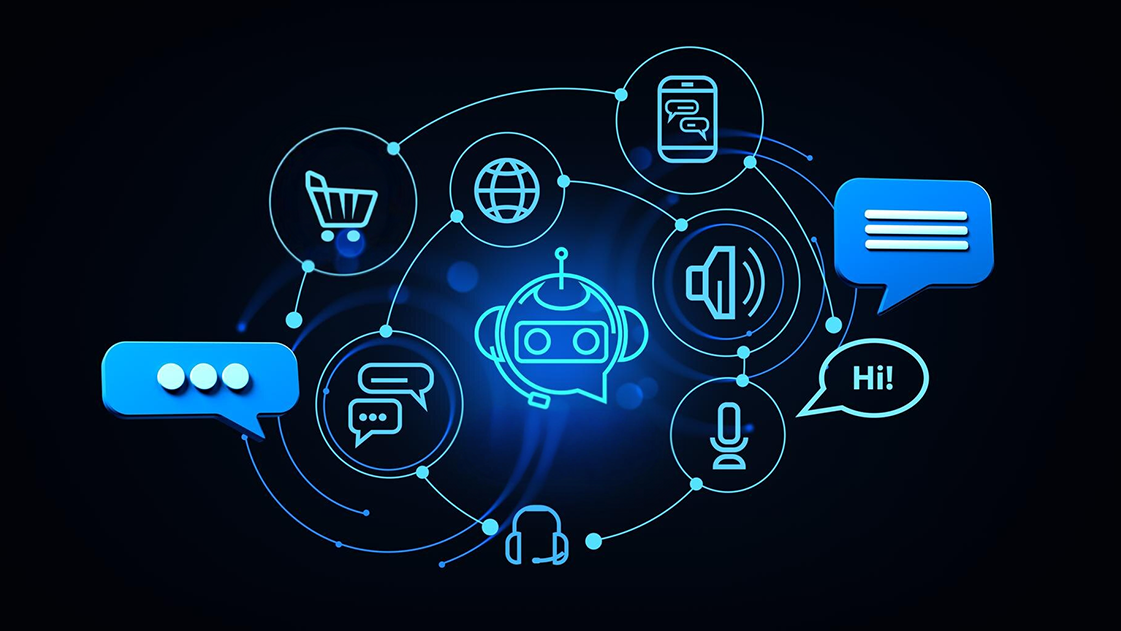

Sampath Kumar Arunachalam
The Future of retail In-stores
What would be the future of retail in-store in 2030 and beyond? As the pandemic disrupted the in-store traffic and it has gone down permanently.
Even before the pandemic hit, the rise of e-commerce has made many brick-and-mortar stores struggle with sales. Young shoppers like e-commerce shopping: 42% of millennials prefer to use the online retail experience and avoid stores. But soon, physical stores will be the focus again with a new emphasis.
There is an opportunity for retailers to reimagine, innovate and reinvent their physical space.
The New Normal
The pandemic has accelerated the digital transformation of many industries as many businesses adopted new services and technologies. including the retail sector.
The pandemic altered customers’ purchasing patterns and behaviors. People got adopted online shopping, and the effect has cascaded to retail stores as well. The increase in online sales has made people either unable or unwilling to enter the retail stores. Customers are also switching brands to shop safely through contactless methods or brands that offer BOPIS (Buy Online, Pick-up in-store). There is a change in spending pattern as the customers’ focus is on the essentials and value of the purchase.
Retailers’ labor safety and cost have changed drastically. There must be a significant investment to maintain supply chains, safeguard employees, and maintain staffing levels. Pick-up and delivery operations have intensified, making retailers redistribute resources and try to balance the demand loads.
The new normal has made the retailers rethink their revenue management, operating models, digital capabilities, capital investments, and partnerships.
Let us look at the possible future of the retail in-stores.
According to McKinsey’s report, the tech-enabled “store of the future” can double retailers’ profitability and will be easier to operate. Retail stores will be able to provide a better customer experience and greater employee engagement.
The future stores will
Leverage omnichannel to engage with customers
The in-store will offer customers to use different channels and touchpoints that the brand can provide. It will help the retailers to understand, leverage both online and in-store behavior, and provide a better customer experience on a granular level.
For example: When a customer visits your website or app, they will have access to the availability of the product they are looking for, check what the store can offer in real-time, and self-checkout at the earliest.
On the employee engagement side, store associates can obtain a digital touchpoint (an email or a phone number) of the customer where they can provide incentives or offers to push them towards a sale.
Provide more personalized offers powered with IOT
In-stores can offer personalized interactivity with customers through various digital solutions such as phones, tablets, and electronic accessories within the store or with the customer’s devices. By providing a clean and engaging attraction, you can entice the customers to interact with the brand.
With the power of IoT, you can enrich the user journey within the store. E.g.
- Personalized store greetings
- Personalized content – location-based offers on nearby products
- Personalized product recommendations – customization of products, services, and special offers.
- Personalized checkout, gamification, and real-time cashback
Elevating the usage of In-store beacons, electronic shelf labels, Smart mirrors, AI, and other connected technologies can improve the customer experience.
Wireless sensors and IoT can empower store associates to sell complementary products to the customers based on their interactions. Customer experience coupled with employee expertise is key to making the customer return to the in-person shop.
The sensors can help store managers make calculated decisions with valuable data and improve retail experience and operations. The IoT can provide the data analysis that allows them to understand how customers interact with the store’s products and track and trace products to manage inventories and electronic shelf sensors to ensure there are no empty shelves. The IoT can help the store managers to reduce operational costs and gain valuable customer insights. It helps them to increase sales and improve brand loyalty.
Powered with smart supply chains
By 2030 – Smart supply chains having AI to predict demand and calculate supply will directly benefit the environment. The entire value chains will be aligned to accurate predictive models of customer requirements. AI capabilities will improve, and the stores will better predict the supplies required based on customer behavior.
AI will be powering both the supplier end and customer sales end, which results in a kind of AI-to-AI integration bringing the business-to-business digital marketplace and integration with the required supplies. AI will be used to limit the wastage of products and will try to reduce the impact on the environment.
Have Sustainability, community, and Experiential
In certain countries, few customer groups are interested in sustainable products, i.e., products that focus on hygiene, organic products, and sustainability. This behavior will increase as more people move towards sustainability, thus creating the need for retailers to fill and promote their stores with sustainable products.
This behavior can lead to more community-focused experiences in line with the brand. E.g., A fitness class, students training, local meetings, or even local bands can use the store space to interact with the community while the store can sell products with the same focus. The store becomes much more than the transactional ones, as it can turn into a place for bonding, support, and enjoyment.
Reimagining your Retail stores
Traditional retail stores must reweigh and revisit themselves to attract people back to the stores. They should start thinking about how to drive an engagement with the brand, make an engaging experience, and remove all the frictions in the background. They should also look at it from different perspectives of what makes this a unique experience, what value proposition they are building, and what will be the primary differentiation in why a customer should be loyal to the brand.
Concentrating on a single element of experience will not elevate the customer experience. However, it’s about just the right time to think holistically and pick more than one area to provide a better future experience so that people would love and start coming back to the stores.
References
https://www.youtube.com/watch?v=8-nG1do-w6I
https://www.mckinsey.com/business-functions/marketing-and-sales/our-insights/omnichannel-shopping-in-2030
https://www.electronicdesign.com/technologies/iot/article/21173483/semtech-reimagining-the-endtoend-retail-experience-with-iot-technology
https://www.rtinsights.com/iot-continues-to-transform-the-retail-experience-in-2021/





